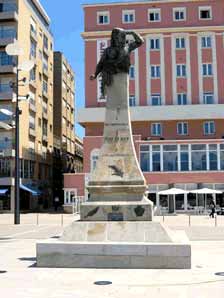Explore the best places
Monuments in Póvoa de Varzim
Igreja Românica de São Pedro de Rates
- heritage
Largo do Conde Dom Henrique, 1870
4570-412, Rates
This is a Romanic temple that used to belong to the first convent of Cluny in Portugal and it suffered several transformations on the XVII and XVIII century. From this granite construction it is worth to mention the sculptures adorning the multiple capitals and two granite sculptures from the XII century. IT should be mentioned that this church had origins in a chapel with small dimensions dated from the Reconquest period.
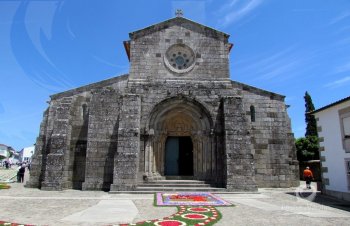
Igreja de Nossa Senhora das Dores
- heritage
Largo das Dores
4490-421, Póvoa de Varzim
This church is dated from the 18th century and it possesses a pentagonal plan and a portico topped by a big window that is inserted in the baroque period. On the inside it displays images from Maria six pains and a seventh figure is placed close to the altar.

Igreja de Nossa Senhora da Conceição / Igreja Matriz da Póvoa de Varzim
- heritage
Rua da Igreja e Rua de São Pedro
4490, Póvoa de Varzim
Temple built in the second half of the 18th century, has a Baroque façade, with two bell towers to skirt around the central body. The portico is crowned by the Royal coat of arms. To emphasize the altars of gilt and the altarpiece of the main Chapel, in Rococo style, and even the two retables ship's double.
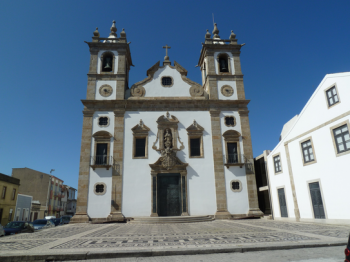
Fortaleza de Nossa Senhora da Conceição / Fortaleza da Póvoa de Varzim
- heritage
Rua Tenente Veiga Leal, 40
4490-586, Póvoa de Varzim
Fortress with a polygonal plan and four bastions. It has sloping and robust curtains. The well-vaulted, flanked gate, crowned by the royal shield and bell tower, faces the village. It was built during the reigns of Dom Pedro II and Dom João V, in the 18th century, in order to defend the coastal area from pirate attacks.
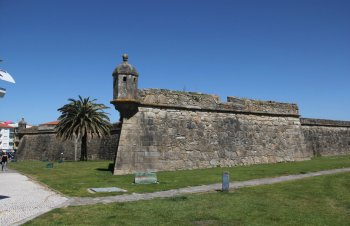
Edifício da Câmara Municipal da Póvoa de Varzim
- heritage
Praça do Almada, 16
4490-438, Póvoa de Varzim
Building dating from the 18th century, the present main ground floor facade arches of Ashlar and, upstairs, tile flooring in the 19th century. At the top, are the Royal Arms and the middle of the building, rises the clock tower. This construction marks the urban reform held by the Corregidor and purveyor of the District of Porto, Francisco de Almada e Mendonça.
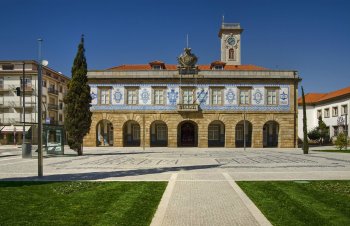
Cividade de Terroso
- heritage
Rua da Cividade, 20
4495-520, Terroso
Fortified village with defensive organization consisting of three lines of walls. On the central platform, the urban planning shows an axial paved street, through the center of the village, appearing to intersect with another, forming four large units. Each one of them is divided into family nuclei made up of several buildings around a patio that is almost always paved. The excavations carried out from the beginning of the 20th century confirm the occupation of this region in a period that extends from the 7th century BC. until the 1st century AD.
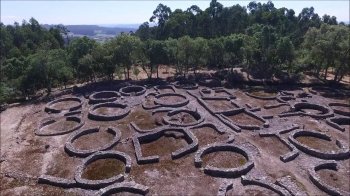
Edifício dos Antigos Paços do Concelho da Póvoa do Varzim
- heritage
Rua da Igreja e Rua da Conceição
4490-517, Póvoa de Varzim
This is a building from the former city council of Póvoa do Varzim. When it was decided the new construction for the city council in 1791, the building was badly preserved. Inspired on the architecture of Porto Fortress, this building went under several interventions, some of which on the outer surface and inside surface tiles and the tower.
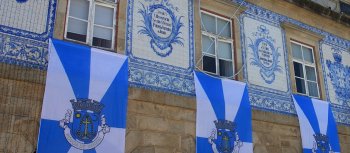
Evocação da Lota
- heritage
Avenida dos Descobrimentos
4490, Póvoa de Varzim
Monument in homage to the women who do and did the lota of Póvoa de Varzim a symbolic location for fishing communities in the region.

Moinhos de Vento de São Félix
- heritage
Rua de São Félix
4570, Laúndos
Located in the Serra de Rates, this set of Mills is recovered and most of them are, currently, holiday residence.

Estátua O Cego do Maio
- heritage
Passeio Alegre
4490, Póvoa de Varzim
Statue in bronze on a stone column about 2 feet tall. Representing a man who with his hand looking for help look in search of something on the horizon, this monument pays homage to José Rodrigues Maio, humble fisherman who saved many men out of the sea with a courage that was recognized even in life by King Dom Luís I.
